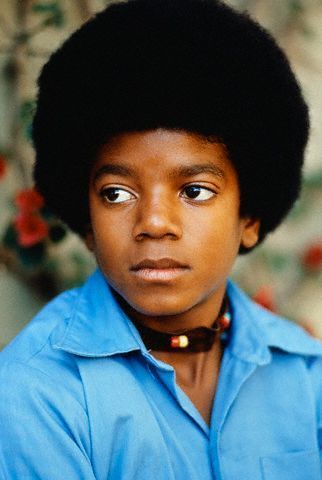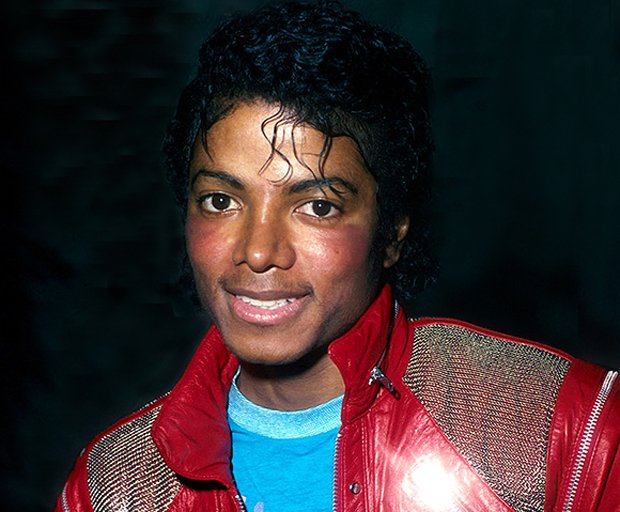As the world celebrates World Vitiligo Day on June 25, one person whose condition was a mystery to many came to mind. This was the King of Pop Michael Jackson who coincidentally died on the same day in 2009 at the age of 50.
The celebrated American singer, songwriter, and dancer, who was one of the most popular entertainers in the world, was diagnosed with vitiligo in 1984. He came public with the condition in 1993 on the Oprah Winfrey Show.

He bleached his skin to cover up the white patches that come with the disease as a result of dead pigment-producing cells, according to biographer J. Randy Taraborrelli.
The top-earning deceased celebrity for the fifth consecutive year in 2017, according to Forbes, was also diagnosed with lupus and both diseases made his skin sensitive to sunlight while their treatments lightened his skin.

He first wore his iconic solitary white glove, which was later covered in silver sequins, in 1983 during a performance of “Billy Jean” at Motown’s 25th anniversary TV special. The glove which he wore on his left hand throughout his career was an early effort to mask the skin condition.
His friend, actress Cicely Tyson confirmed that the glove was to cover his vitiligo and she was there when he was creating it as the two shared a fashion designer in the 1980s.
“All of a sudden, he said, ‘I’m doing this glove for Michael,’ Michael was beginning to develop the vitiligo and it started on his hand. The glove was to cover the vitiligo; that’s how that glove came into being,” she told CNN’s Don Lemon in 2009.

Michael Jackson was known to be medium-brown in colour since he started singing professionally in 1964 at the age of 6 with his elder brothers as a member of the Jackson 5.

1970 — Singer Michael Jackson — Image by © Steve Schapiro/CORBIS OUTLINE
He started growing paler in the mid-1980s without going public with the skin condition that saw him applying makeup to hide his disease from the cameras. The media widely covered rumours that he didn’t like the colour of his skin and this hurt the music icon.

It is something I cannot help. When people make up stories that I don’t want to be who I am, it hurts me. It’s a problem for me. I can’t control it.
– Michael Jackson said of his vitiligo in an interview.
In 1984, he was treated for scalp burns after his hair caught fire during a commercial shoot.
He subsequently had multiple cosmetic surgeries from nose jobs, a dimple on his chin, straight hair and also lost weight because of a change in diet and a desire for “a dancer’s body”. His health and his image were immensely affected.
Many reports in the 80s run by tabloids claimed that he slept in a hyperbaric oxygen chamber to slow the ageing process among other reports which were later cited to have been disseminated by Michael Jackson himself for publicity. This earned him the name “Wacko Jacko”.
Why not just tell people I’m an alien from Mars? Tell them I eat live chickens and do a voodoo dance at midnight. They’ll believe anything you say, because you’re a reporter. But if I, Michael Jackson, were to say, “I’m an alien from Mars and I eat live chickens and do a voodoo dance at midnight,” people would say, “Oh, man, that Michael Jackson is nuts. He’s cracked up. You can’t believe a single word that comes out of his mouth.
– He told Taraborrelli.
During the 1990s, Michael Jackson had become dependent on prescription drugs including painkillers and strong sedatives. Despite rehabilitation in 1993, the artist was still suffering from drug problems.

Michael Jackson died of cardiac arrest on June 25, 2009, while preparing for a series of comeback concerts scheduled to begin in July 2009. The heart attack was induced by acute propofol and benzodiazepine intoxication, and his personal physician, Conrad Murray, was convicted of involuntary manslaughter.

